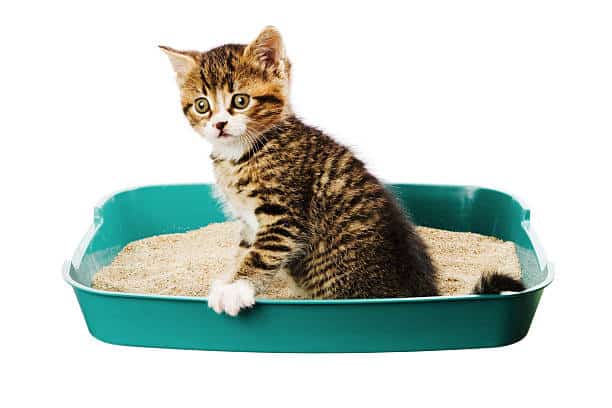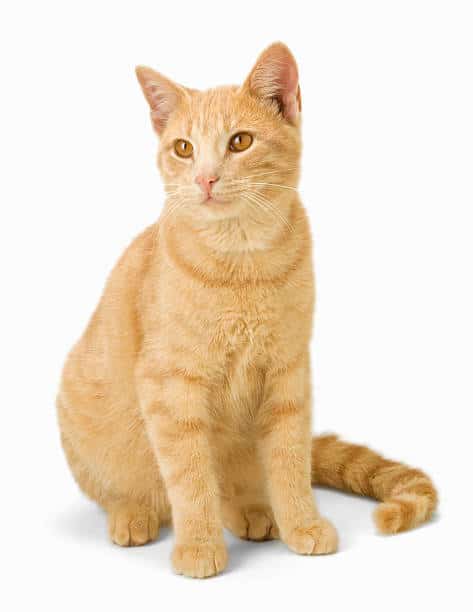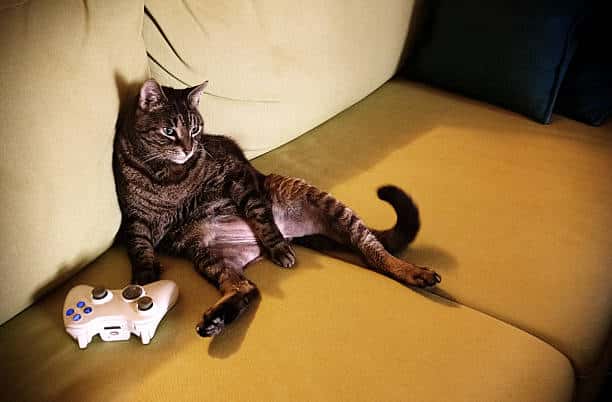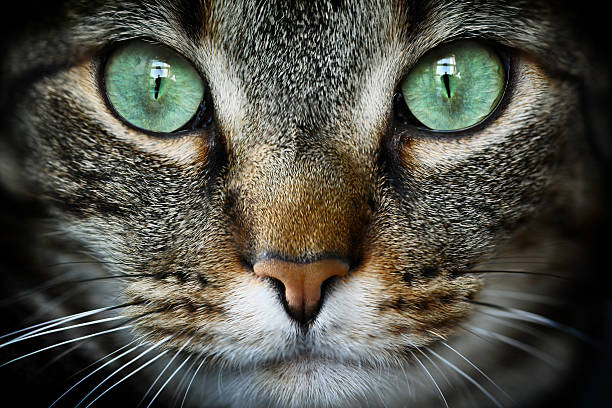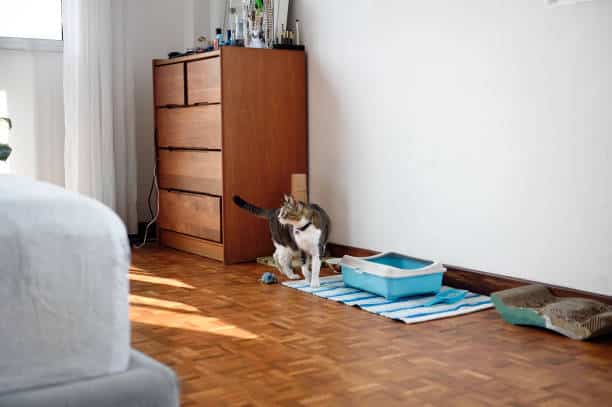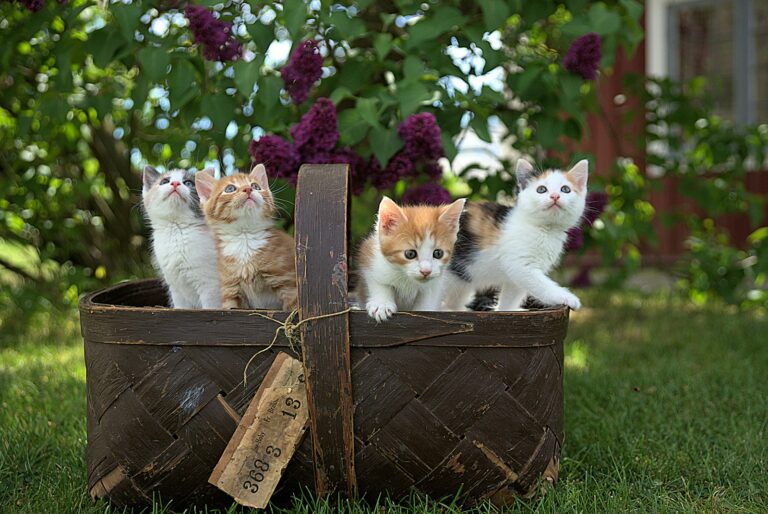Why Do Cats Open Their Mouths in the Flehmen Response?
There’s a peculiar behavior that many cat owners have observed in their feline friends – the Flehmen response. Have you ever wondered why your cat makes that “stinky face” and opens their mouth in a certain way when encountering certain scents? In this blog post, we probe the fascinating world of feline olfactory communication to unravel the mystery behind this intriguing behavior.
What Is the Flehmen Response in Cats?
Defining the Flehmen Response
Response, the flehmen response in cats is a fascinating behavior where a feline curls its upper lip and exposes the vomeronasal organ located on the roof of its mouth behind the front teeth. This unique behavior allows cats to explore deep into the world of scents and analyze intriguing fragrances in their environment.
Historical Understanding of Feline Behaviors
With a long history of intricate behaviors, felines have always displayed curious and mystifying actions that captivate cat owners. From the ancient times when cats were revered as symbols of mystery and intuition, to modern scientific studies unlocking the secrets of their behavior, understanding the historical context enriches our appreciation for these enigmatic creatures.
Exploring the Science Behind the Response
With advancements in veterinary science and zoology, researchers have explored deep into the anatomical and physiological aspects of the flehmen response in cats. Plus, studies have shown that this behavior is not limited to detecting odors but also plays a crucial role in deciphering pheromones and communicating vital information within the feline community.
Why Do Cats Open Their Mouths When They Smell Something?
The Connection Between Smell and Taste in Felines
For cats, the sense of smell and taste are intricately connected. The flehmen response, which involves opening their mouth and curling their lip when exposed to a new scent, allows cats to transfer scent molecules to the vomeronasal organ located on the roof of their mouth. This organ, also known as Jacobson’s organ, helps cats further analyze the scent, linking it closely to their sense of taste and providing a more detailed olfactory experience.
Anatomical Mechanisms Triggering the Response
Anatomical mechanisms play a crucial role in triggering the flehmen response in cats. The vomeronasal organ, situated behind the front teeth, is specifically designed to capture and process scent molecules. This unique anatomical feature allows cats to probe deeper into the scents they encounter, providing them with valuable information about their environment and other animals.
Another aspect of the feline anatomy that contributes to the flehmen response is the curling of the upper lip, which exposes the vomeronasal organ to the scent molecules. This action allows cats to intensify their sense of smell and gather more information about the intriguing scents they are investigating.
In-Depth Look: The Flehmen Response Explained
The Role of the Vomeronasal Organ (VNO)
Explained: Not just a quirky behavior, the flehmen response in cats is intricately linked to their vomeronasal organ (VNO). This specialized organ, located on the roof of their mouth behind the front teeth, is responsible for detecting and processing scents in a unique way.
Chemical Analysis: How Cats Process Scents
Cats: When a cat engages in the flehmen response, they are necessaryly conducting a chemical analysis of the scent they have encountered. Through this process, they can gain valuable insights about their environment, other animals, and even themselves.
Flehmen Response: Survival and Reproductive Significance
For: The flehmen response isn’t just a curious facial expression. It plays a crucial role in a cat’s survival and reproductive success. By analyzing scents through the vomeronasal organ, cats can gather important information about potential threats, mating opportunities, and territorial boundaries.
Differences in the Flehmen Response
Male Cats vs. Female Cats: Variations in Behavior
Unlike male cats, female cats may exhibit more subtle variations in their flehmen response behavior. While both genders use this behavior to analyze scents, males may display a more pronounced and exaggerated reaction compared to females. This could be related to differences in territorial marking and communication behaviors between male and female cats.
Age-Related Differences in Exhibiting the Response
Differences in age can also impact how cats exhibit the flehmen response. Kittens may not show this behavior as prominently as adult cats, as their sensory development is still maturing. Older cats, on the other hand, may exhibit the flehmen response more frequently, possibly due to changes in their sense of smell or increased curiosity in their surroundings.
The age of the cat can play a significant role in how the flehmen response is exhibited. Younger cats may be less likely to engage in this behavior due to their developing senses, while older cats may display it more frequently as part of their exploratory behavior.
Breed-Specific Incidences of the Flehmen Response
Response to certain scents may vary among different cat breeds, leading to breed-specific incidences of the flehmen response. For example, breeds known for their keen sense of smell, such as the Siamese or Maine Coon, may exhibit the flehmen response more frequently than breeds with less developed olfactory senses. This highlights the interplay between genetics and behavior in feline scent analysis.
Female cats of certain breeds may also show a heightened sensitivity to specific scents, leading to a more pronounced flehmen response compared to male cats of the same breed. Factors such as breeding history and genetic predispositions can influence how individual cats of different genders within a breed respond to various scents.
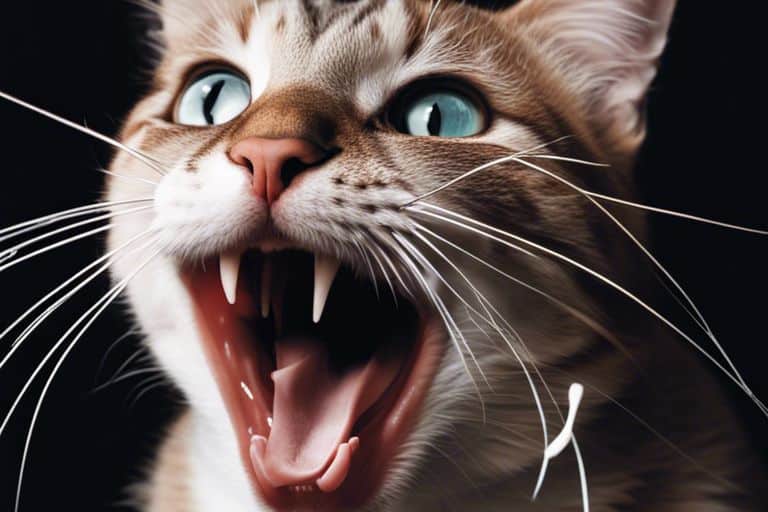
The Flehmen Response Across the Animal Kingdom
Which Other Animals Exhibit the Flehmen Response?
Response patterns resembling the flehmen response have been observed in various mammalian species, particularly in ungulates such as horses, deer, and cattle. Additionally, some carnivores like lions, tigers, and hyenas also exhibit this behavior. This suggests that the flehmen response plays a significant role in olfactory communication across the animal kingdom.
Comparative Analysis with Other Species
| Species | Frequency of Flehmen Response |
| Ungulates (Horses, Deer, Cattle) | Commonly observed during mating behavior and scent detection. |
| Carnivores (Lions, Tigers, Hyenas) | Often displayed when investigating territory markings and potential prey scents. |
Analysis across species reveals that the flehmen response is utilized for various olfactory purposes, such as mate selection, territory marking, and prey detection. Each species demonstrates unique adaptations in the execution of this behavior, highlighting the diversity in olfactory communication strategies.
Evolutionary Perspective of the Response
For instance, the development of the flehmen response in carnivores may have evolutionary roots in enhancing their hunting efficiency by capturing and interpreting scent cues more effectively. This behavior could have provided a competitive advantage in tracking prey and navigating their environment, leading to its retention in various species over time.
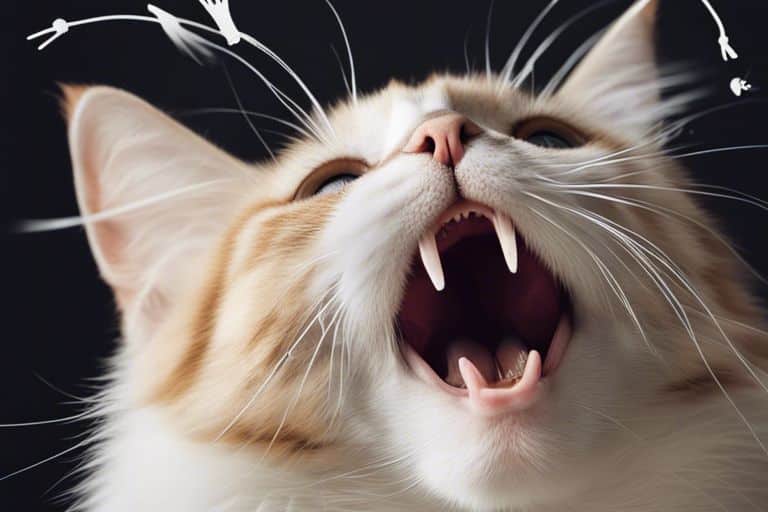
Understanding Other Feline Behaviors
Don’t Confuse the Flehmen Response with Other Actions
Feline behavior can often be mysterious and confusing, but it’s crucial to differentiate between the flehmen response and other actions. While the flehmen response involves a specific curling of the lip and exposure of the vomeronasal organ, other behaviors like aggression or stress may manifest differently. Understanding these distinctions can help you better interpret your cat’s communication signals and respond accordingly.
Health-Related Mouth Behaviors in Cats
Understanding health-related mouth behaviors in cats is vital for proactive pet care. With the flehmen response being a normal feline behavior linked to scent detection through the vomeronasal organ, it’s crucial to observe and monitor any changes in your cat’s open-mouth behaviors. Regular dental check-ups, maintaining good oral hygiene, and consulting a veterinarian for any concerning symptoms can help ensure your cat’s overall well-being.
When Non-Response Open Mouth Behavior is a Concern
Don’t ignore any persistent open mouth behaviors in your cat that are not associated with the flehmen response. While occasional panting or mouth breathing can be normal, prolonged or excessive open-mouth breathing could indicate underlying health issues such as respiratory problems, heat exhaustion, or dental pain. It’s important to seek veterinary attention promptly if you notice any abnormal mouth behaviors to address potential health concerns and ensure your cat’s comfort and health.
More About the Flehmen Response
The Purpose and Benefits of the Flehmen Response
Flehmen response in cats serves the purpose of enhancing their sense of smell by allowing them to analyze specific scents more thoroughly. This behavior helps cats detect pheromones, which convey crucial information about their surroundings. By engaging in the flehmen response, cats can gather valuable insights into their environment.
Interaction with the Environment Through Smell
Environment plays a pivotal role in triggering the flehmen response in cats. They use this behavior to interact with their surroundings through smell, whether it’s exploring new scents, deciphering pheromones left by other felines, or reinforcing their own scent markers. The flehmen response enables cats to engage with their environment on a sensory level.
Flehmen’s Grimace vs. Common Misinterpretations
Purpose of the Flehmen response in cats may sometimes be misinterpreted as a sign of discomfort or displeasure. However, it is necessary to differentiate between the flehmen grimace, which is a natural behavior related to scent analysis, and other expressions of feline behavior. Understanding this distinction can help in accurately interpreting your cat’s communication cues.
Beyond the Flehmen Response
Additional Reasons Why Cats May Keep Their Mouths Open
One additional reason why cats may keep their mouths open, aside from exhibiting the flehmen response, could be due to heat regulation. Cats may pant or open their mouths when they are feeling hot or stressed, allowing for increased airflow to help regulate their body temperature.
Analysis of Feline Olfactory Reactions
An analysis of feline olfactory reactions can provide valuable insights into a cat’s behavior and communication. By observing how cats react to different scents, we can better understand their preferences, triggers, and even emotional states based on their responses to various odors.
Plus, certain scents may elicit specific behavioral reactions in cats, such as rubbing against an object or rolling on the ground. These behaviors can be linked to the cat’s natural instincts and preferences, showcasing their unique sensory world.
How Do Cats React Differently to Various Smells?
To further understand how cats react to different smells, observe their body language and immediate responses. For instance, cats may show signs of curiosity, excitement, or even avoidance depending on the scent they encounter. By paying attention to these reactions, pet owners can better cater to their feline companions’ preferences and create a more enriching environment for them.
“Stinky Face” and Other Curious Feline Expressions
Cat Facial Expressions and What They Tell Us
To understand your cat’s behavior better, it is important to pay attention to their facial expressions. The hilarious contorted expression known as the flehmen response, with its wrinkled nose and curled upper lip, may seem comical, but it actually serves a specific purpose in their olfactory world. By observing these unique facial expressions, we can gain insights into their reactions to different scents and stimuli.
The Link Between Facial Expressions and Emotions in Cats
Linking a cat’s facial expressions to their emotions can provide valuable clues about their wellbeing. Cats, being masters of masking their feelings, often communicate through subtle facial cues. By observing their expressions, such as dilated pupils, flattened ears, or a twitching tail, we can decipher their emotional state and respond accordingly to ensure their comfort and happiness.
Tell
Understanding the subtle nuances in your cat’s expressions can deepen the bond between you and your feline companion. For example, a relaxed face with half-closed eyes indicates contentment, while wide eyes or a tense jaw may signal discomfort or stress. By paying attention to these visual cues, you can better cater to your cat’s needs and strengthen your relationship with them.
Interpreting Your Cat’s Body Language and Vocalizations
Emotions
Body language and vocalizations are additional avenues through which cats express their emotions. Purring, meowing, or hissing, coupled with body postures like arched backs or raised fur, convey a range of feelings from affection to fear. By combining their vocalizations and physical gestures, cats create a complex communication system that requires careful observation to fully understand their needs and intentions.
Summing up
With these considerations in mind, the flehmen response reveals itself as a fascinating glimpse into the intricate world of feline olfactory communication. As cats engage in this unique behavior, they are not recoiling from unpleasant scents but rather diving deep into a complex tapestry of smells around them. From analyzing pheromones to exploring new scents, the flehmen response showcases how cats interact with their environment on a sensory level. By understanding this behavior, cat owners can further appreciate the subtle nuances of their feline companions and the ways in which they navigate the world through their sense of smell. So, next time your cat makes their “stinky face,” take a moment to marvel at the science behind it and embrace this quirky aspect of feline behavior.


